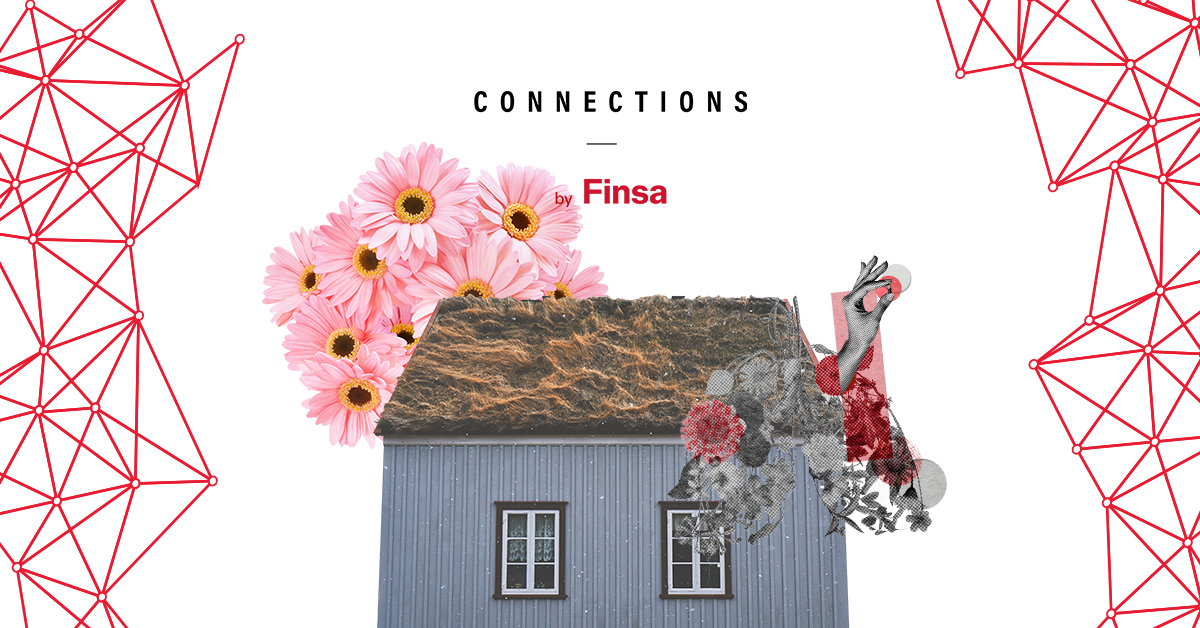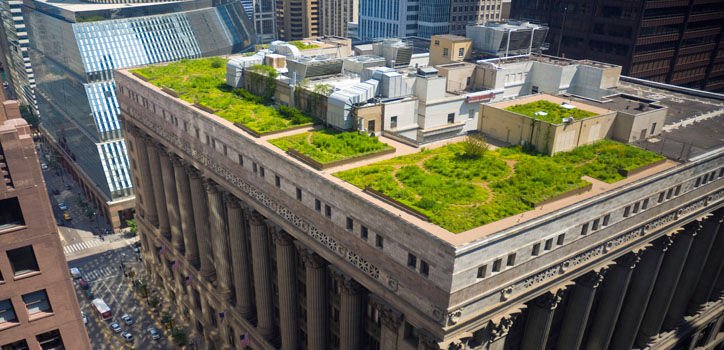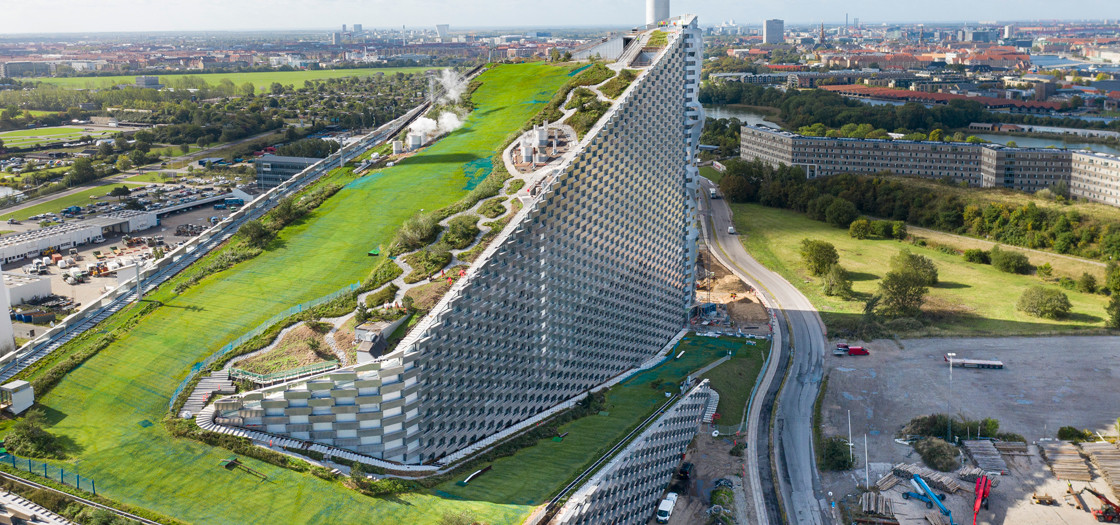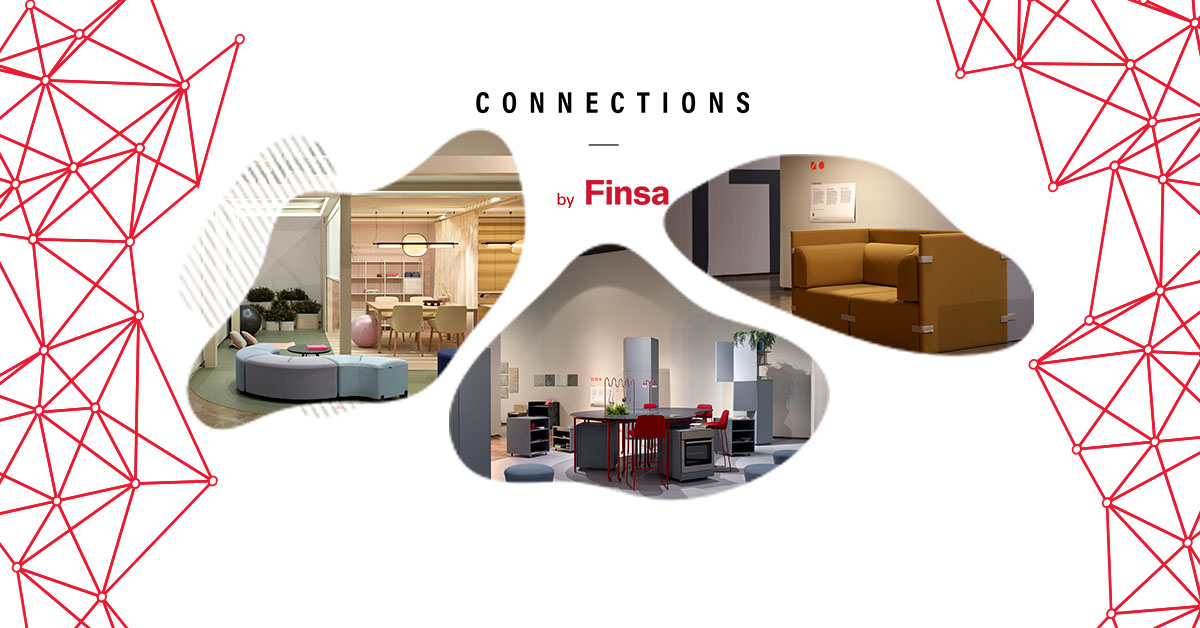Green roofs and green rooftops in our cities have gained momentum in recent years. As we told you in this post, solutions that introduce nature into buildings reduce atmospheric emissions and increase the value of the building by up to 20%, guaranteeing a longer life for its structure.
 We review the advances and highlight three keys aspects of this bioclimatic architectural tool that is set to revolutionise modern urban planning:
We review the advances and highlight three keys aspects of this bioclimatic architectural tool that is set to revolutionise modern urban planning:
Benefits of green roofs in cities
Recent studies highlight the following five positive aspects of having green spaces in city buildings:
- Natural thermal regulation, as they reduce the “heat island effect”.
- Lower maintenance costs, as the vegetation grows naturally and does not need frequent watering.
- Improved air quality, a factor that is particularly affecting cities where low emission zones are being implemented.
- Absorption of rainwater, thus facilitating its reuse.
- Reintroduction of native flora and fauna in cities if succulents, herbs and other plants are used.
Green roofs by law in France and Copenhagen
Precisely because of these advantages, in 2022 France became the first country in the world to make it mandatory for new buildings in commercial areas to have a green roof or solar panels.
In this way, the French thermal regulation authorities estimate that buildings will consume 40% less energy, following the rules of Nearly Zero Energy Buildings.
Copenhagen is the second city in the world to legislate this type of urban regulations for new buildings, in addition to the change of direction taken by France. Not surprisingly, the Danish city was also a pioneer in designing a neighbourhood built entirely of wood, as we told you in this post.
The future of green roofs: rooftop villages
In nearby latitudes, the Netherlands is proposing a concept that goes beyond considering vegetation on the tops of structures: building villages on rooftops. Dakdorpen (“rooftop villages”) proposes a model that adds the benefits of green roofs to village lifestyles based on self-sufficiency and sustainability.
What do you think of these developments in bringing nature into cities? Would you consider anything else? Tell us about it on social media using the hashtag #ConnectionsByFinsa-






